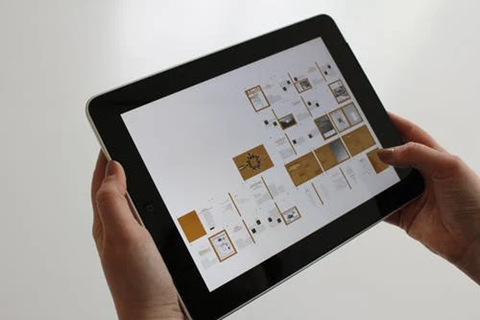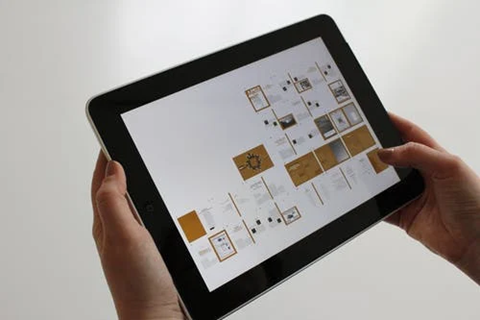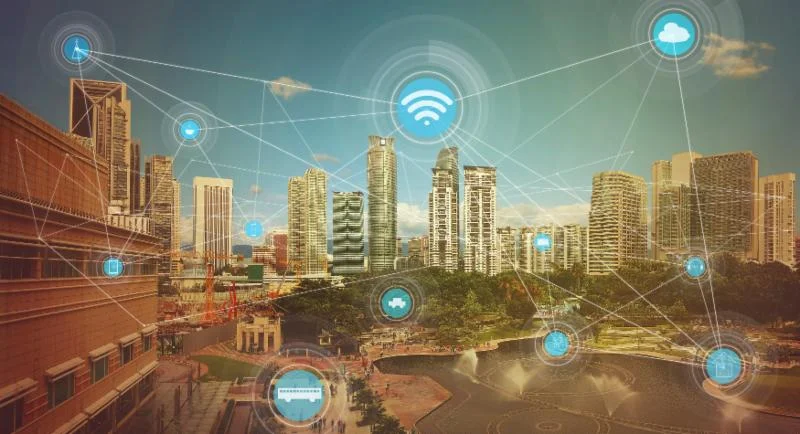IoT is a fast-evolving emerging technology. There are hundreds of use cases where sensors make businesses healthy and increase effectiveness and efficiencies. Every IoT discussion must include a security component. Many IoT solutions come bundled with these four ways to secure the data created by the sensors. The benefits of IoT often pay for the solution.
Secure Data to the Cloud.
We mentioned this but, in more detail, backing up your device to the Cloud helps to ensure reduced breaches or exposer. Your critical information and data can be appropriately protected.
Protect Cloud Credentials.
As mentioned, it is easy for cybercriminals to gain access to unprotected IoT devices. With Cloud authentication credentials, frequently changing passwords and avoiding reused passwords can help protect your devices.
Perform Audits.
Performing frequent audits on your IoT devices can help identify the issue and prevent problems from happening. A lot of money can be saved from audits, and they can let you know if any of your devices need to be updated or replaced.
Protecting Physical Infrastructure.
IoT devices can face security attacks by physical access. If your device has USB ports, it is essential to maintain strict access to these devices to prevent breaches.
Securing your IoT devices can feel overwhelming. It takes a lot of knowledge and steps to secure your devices properly. If you think you need help or even have questions about ways you can secure your devices, please contact us.


